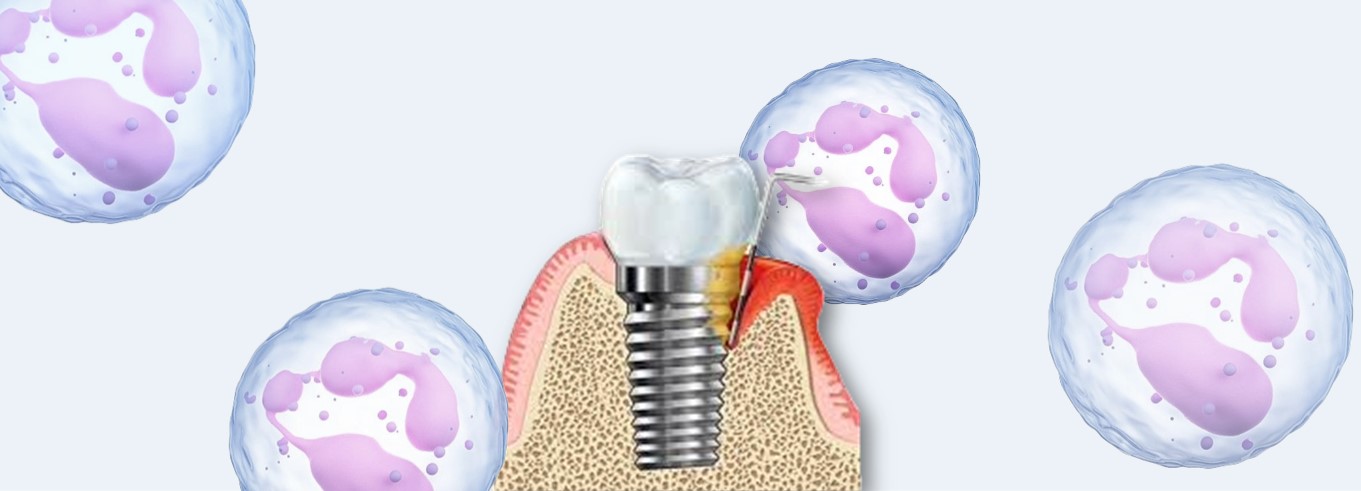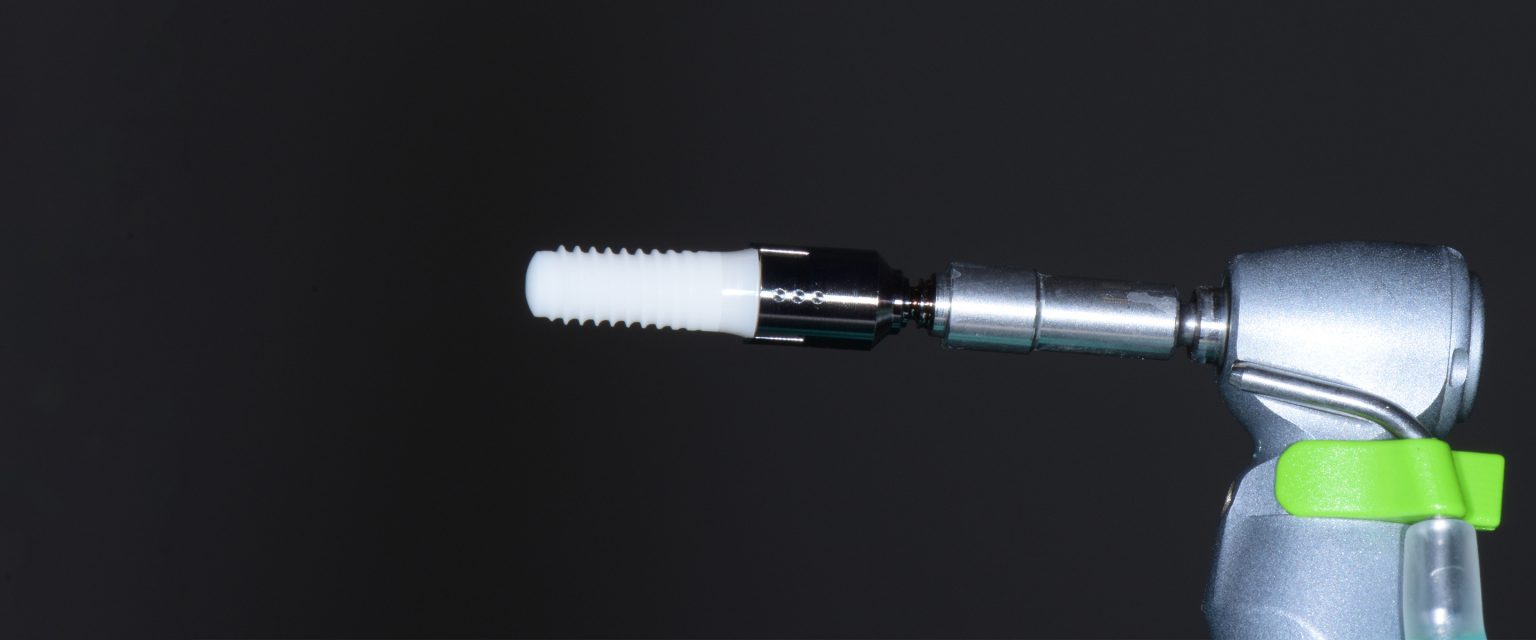
Implant esthetic complications in the anterior region. And now?
There are some complications related to implant therapy that can occur over time. Among them, esthetic complications are usually the most noticeable for patients. These esthetic complications can impair patients’ perception of implant therapy and possibly leave a negative impact on their quality of life. Read this article for treatment goals and approaches for the management of implant esthetic complications.











